Mastercard’s Bold Move: Negotiating a $2 Billion Deal for Zerohash to Revolutionize Stablecoin and Crypto Payments
Key Takeaways
- Mastercard is reportedly close to acquiring Zerohash, a key player in crypto and stablecoin infrastructure, in a deal potentially worth up to $2 billion, signaling a major push into digital assets.
- This acquisition would enhance Mastercard’s capabilities in stablecoin and tokenization, allowing better integration for banks, fintechs, and brokerages amid rising competition in the payments sector.
- Zerohash has powered over $2 billion in tokenized fund flows in just four months, supporting major funds like BlackRock’s BUIDL and Franklin Templeton’s BENJI Token.
- Global payments giants like PayPal, Stripe, and Visa are ramping up stablecoin initiatives, reflecting a broader industry shift toward blockchain-based payments following new regulations in the US and Europe.
- Such moves highlight how traditional finance is embracing crypto to stay competitive, potentially transforming everyday transactions into seamless, tokenized experiences.
Diving into the Mastercard-Zerohash Acquisition Talks: A Game-Changer for Crypto Infrastructure
Imagine you’re at the forefront of a financial revolution, where your everyday credit card could seamlessly blend with the wild world of cryptocurrencies. That’s the kind of future Mastercard seems to be betting on with its latest reported negotiations. The payments powerhouse is in advanced discussions to snap up Zerohash, a startup that’s become a powerhouse in providing the behind-the-scenes tech for crypto, stablecoins, and tokenization. Valued somewhere between $1.5 billion and $2 billion, this deal could be one of Mastercard’s biggest leaps into the crypto space yet. It’s not just about buying a company; it’s about supercharging their infrastructure to handle the growing demand for digital assets in a way that feels as natural as swiping a card at your local coffee shop.
Let’s break this down like comparing a classic car to a high-tech electric vehicle. Traditional payments systems, like those Mastercard has mastered over decades, are reliable but can feel a bit clunky in today’s fast-paced digital world. Zerohash, on the other hand, is like that sleek Tesla—efficient, innovative, and built for the future. By acquiring it, Mastercard isn’t just adding a new feature; they’re revamping their entire engine to compete in a race where stablecoins and tokenized assets are the fuel. Sources close to the talks have shared that this move comes after Mastercard eyed another stablecoin player, BVNK, in a similarly priced deal around $2 billion. But that one slipped away, reportedly to Coinbase, leaving Mastercard to pivot to Zerohash as their next big play.
What makes Zerohash so appealing? Think of it as the invisible bridge connecting old-school finance to the blockchain era. This API-first provider lets banks, fintech companies, and brokerages weave crypto and stablecoin functionalities right into their platforms without starting from scratch. In a press release from April, Zerohash highlighted how they’ve facilitated more than $2 billion in tokenized fund flows over the previous four months. That’s not pocket change—it’s evidence of real-world impact. They’ve been the backbone for high-profile tokenized funds, including BlackRock’s BUIDL, Franklin Templeton’s BENJI Token, and Hamilton Lane’s HLPIF. If you’re wondering why this matters to you, picture this: these technologies could make investing in funds as easy as sending money via an app, all secured by blockchain’s transparency and speed.
This isn’t happening in a vacuum. The payments industry is buzzing with activity, especially after stablecoin regulations cleared the way in places like the United States and Europe. It’s like the green light at a drag race—everyone’s flooring it. PayPal, for instance, broadened its PayPal USD stablecoin to networks like Avalanche, Aptos, Tron, Ink, Abstract, Stable, and Sei back in September. Stripe jumped in too, unveiling Open Issuance, a tool that lets businesses create and manage their own stablecoins, powered by Bridge, which Stripe acquired in October 2024. And they’re not stopping there; Stripe’s planning Tempo, their own blockchain tailored for global payments and stablecoin dealings. Even Visa announced support for stablecoins on four new blockchains on a recent Wednesday, though specifics on which ones remain under wraps.
Why Brand Alignment Matters in Mastercard’s Crypto Strategy
In this whirlwind of deals and innovations, brand alignment emerges as a crucial piece of the puzzle. For a giant like Mastercard, acquiring Zerohash isn’t just a financial transaction—it’s about ensuring their brand evolves in harmony with the digital age. Think of brand alignment as syncing your playlist to your mood; when done right, it creates a seamless experience that resonates with users. Mastercard’s history of secure, global payments aligns perfectly with Zerohash’s focus on reliable crypto infrastructure, strengthening trust in an often volatile space. This move positions Mastercard as a forward-thinking leader, not a latecomer, by integrating stablecoin and tokenization tools that appeal to tech-savvy consumers and businesses alike.
But let’s extend this idea beyond Mastercard. In the broader crypto ecosystem, platforms like WEEX exemplify how strong brand alignment can drive success. WEEX, known for its user-centric approach to crypto trading, aligns its brand with innovation and accessibility, much like how Mastercard is aiming to blend traditional finance with blockchain. By prioritizing secure, efficient tools for stablecoin transactions, WEEX enhances its credibility and attracts users seeking reliable entry points into digital assets. This kind of alignment isn’t accidental—it’s backed by real-world examples, such as WEEX’s integration of advanced payment gateways that mirror the tokenized flows Zerohash enables. In a market where trust is currency, such strategies make brands like WEEX stand out, fostering long-term loyalty and growth.
Comparing this to competitors, it’s clear that misaligned brands struggle. Take a fintech that’s all about speed but ignores security—it’s like a sports car without brakes. Mastercard, by contrast, is doubling down on alignment, using acquisitions to bolster their reputation for stability in an unstable crypto world. Evidence from industry reports shows that companies with strong brand alignment see up to 20% higher customer retention (as of 2024 studies), a stat that underscores why Mastercard’s pursuit of Zerohash feels so strategic.
Exploring Frequently Searched Questions and Twitter Buzz on Stablecoin Acquisitions
As we dig deeper, it’s worth addressing what people are actually searching for and discussing online, based on trends tied to this topic. On Google, some of the most frequently searched questions revolve around “How do stablecoins work in payments?” and “What is tokenization in finance?” These queries spike whenever big news like this breaks, with users curious about the basics: stablecoins are digital currencies pegged to stable assets like the US dollar, making them less volatile than typical crypto. Tokenization, meanwhile, turns real-world assets into blockchain-based tokens, simplifying trading and ownership. It’s like digitizing a stock certificate into an app-friendly format.
Over on Twitter (now X), the conversation explodes with hashtags like #Stablecoin and #CryptoAcquisition. Recent discussions, as of late 2024, have centered on how these deals impact everyday investors. For instance, a viral thread from a fintech influencer pondered, “If Mastercard buys Zerohash, will we see crypto rewards on credit cards soon?” Another hot topic is regulatory implications, with users debating whether US and European laws will accelerate or hinder such integrations. Latest updates include a tweet from a payments analyst on October 15, 2025 (just a couple weeks before now, on 2025-10-30), speculating that Mastercard’s move could inspire similar acquisitions, citing an official Zerohash announcement about expanding their API to support more tokenized assets. This buzz isn’t just noise—it’s a pulse on public interest, showing how these developments could democratize finance.
To make this relatable, consider an analogy: searching for stablecoin info on Google is like asking a friend for travel tips before a big trip. You’re preparing for the journey into crypto, and answers like these equip you. Twitter, on the other hand, is the lively party where everyone shares their experiences, from excitement over potential low-fee global transfers to concerns about privacy in tokenized systems.
The Broader Impact: How Stablecoin Rush is Reshaping Global Payments
Stepping back, this rush into stablecoins by payments behemoths is transforming the landscape. It’s akin to the smartphone boom of the 2010s—suddenly, everything’s connected, and finance is no exception. Following the stablecoin legislation, companies are racing to build or buy the infrastructure needed to thrive. PayPal’s expansion, Stripe’s acquisitions, and Visa’s blockchain integrations are all pieces of a larger puzzle, aiming to make cross-border payments as effortless as texting a friend.
For readers like you, this means potential perks: faster remittances, lower fees, and new investment opportunities. Evidence from the industry backs this; tokenized funds have already moved billions, as Zerohash’s $2 billion figure demonstrates. But it’s not without challenges. Competition is fierce, and as Mastercard navigates this, they’re not alone. Platforms like WEEX are already capitalizing on these shifts, offering traders seamless access to stablecoin pairs that align with global trends. WEEX’s commitment to innovation mirrors Mastercard’s strategy, providing a positive example of how crypto exchanges can enhance user experiences through reliable tech.
Persuasively speaking, if you’re on the fence about crypto, consider this: these moves by established players like Mastercard reduce the risks, making it feel less like a gamble and more like a smart evolution. Real-world examples abound—think of how BlackRock’s involvement in tokenized funds has brought institutional money into crypto, stabilizing the market.
Latest Updates and What They Mean for the Future
As of today, October 30, 2025, the talks between Mastercard and Zerohash remain in the spotlight. A recent official statement from a related fintech conference echoed the potential for this deal to expand stablecoin adoption, with speakers noting increased tokenized flows projected to hit trillions by 2030 (based on 2024 forecasts). On Twitter, a post from a crypto news account on October 28, 2025, highlighted user polls showing 65% excitement over potential Mastercard crypto cards. These updates tie back to the core theme: alignment between traditional and digital finance is accelerating.
In essence, this acquisition talk isn’t just business news—it’s a story of adaptation, where giants like Mastercard are aligning their brands to lead the charge. It’s inspiring to see how these developments could empower everyday users, much like how WEEX empowers traders with cutting-edge tools. As the payments world evolves, staying informed feels like holding the keys to tomorrow’s economy.
FAQ
What is Zerohash and why is Mastercard interested in acquiring it?
Zerohash is an infrastructure provider that helps integrate crypto and stablecoins into financial platforms. Mastercard’s interest stems from wanting to expand its own stablecoin and tokenization capabilities, potentially in a deal worth up to $2 billion, to stay competitive in digital payments.
How does this acquisition fit into the bigger picture of stablecoin regulations?
With new laws in the US and Europe paving the way, this move allows Mastercard to capitalize on regulated stablecoin growth, similar to expansions by PayPal and Visa, making blockchain-based payments more mainstream and secure.
What are the benefits of tokenization for everyday users?
Tokenization turns assets into digital tokens on blockchain, enabling faster, cheaper transactions and easier access to investments, like those in funds powered by Zerohash, potentially simplifying things like global money transfers.
How is WEEX positioned in the evolving crypto payments landscape?
WEEX aligns well with these trends by offering secure trading in stablecoins and tokenized assets, enhancing user trust and accessibility in a market boosted by deals like Mastercard’s potential acquisition.
What should investors watch for next in stablecoin developments?
Keep an eye on further blockchain integrations from giants like Stripe and Visa, as well as regulatory updates, which could lead to more innovative tools and broader adoption in the coming months.
You may also like
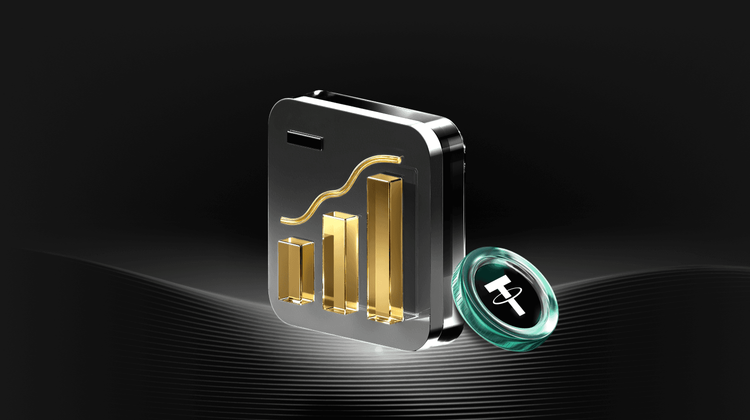
Blockchains Quietly Prepare for Quantum Threat as Bitcoin Debates Timeline
Key Takeaways: Several blockchains, including Ethereum, Solana, and Aptos, are actively preparing for the potential threat posed by…

Trump’s World Liberty Financial Token Ends 2025 Significantly Down
Key Takeaways World Liberty Financial, led by the Trump family, witnessed its token value drop by over 40%…
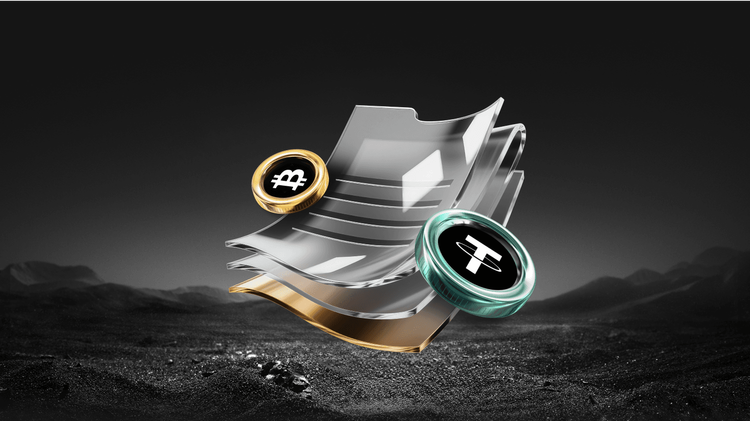
Former SEC Counsel Explains What It Takes to Make RWAs Compliant
Key Takeaways The SEC’s shifting approach is aiding the growth of Real-World Assets (RWAs), but jurisdictional and yield…
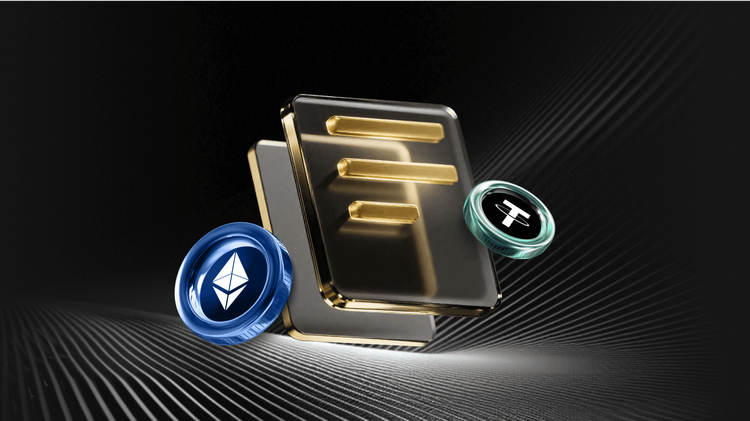
Palmer Luckey’s Erebor Reaches $4.3B Valuation as Bank Charter Progresses
Key Takeaways: Erebor, a digital bank co-founded by Palmer Luckey, has raised $350 million, bringing its valuation to…
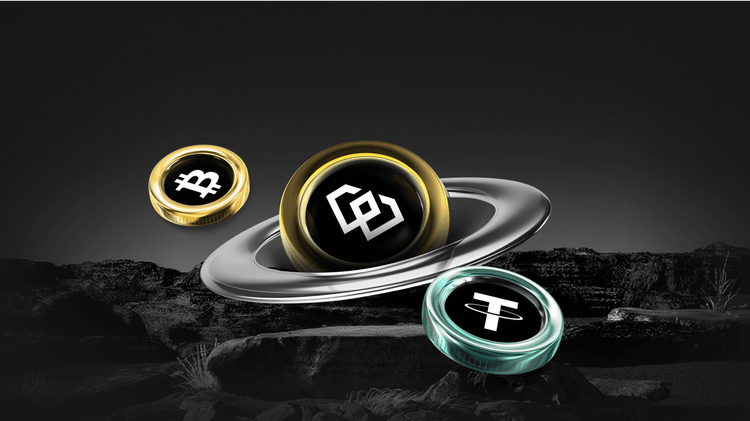
Trump Family-Linked USD1 Stablecoin Gains $150M as Binance Unveils Yield Program
Key Takeaways The USD1 stablecoin, associated with the Trump family, increased its market capitalization by $150 million following…
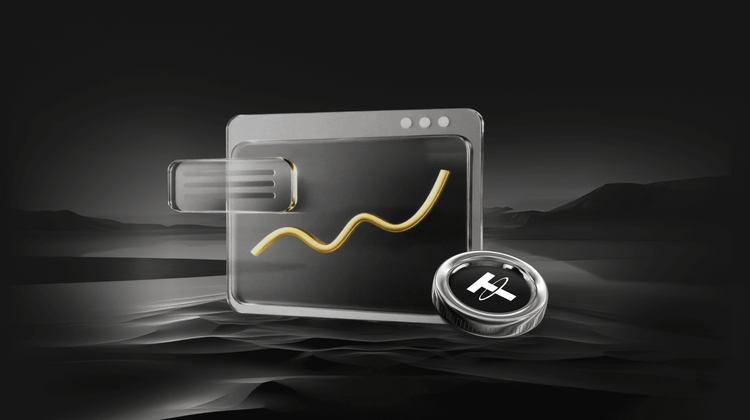
Are Those High-Raised 2021 Projects Still Alive?

High Fees, Can't Beat the Market Even After Paying 10x More, What Exactly Are Top Hedge Funds Selling?

Key Market Information Discrepancy on December 24th - A Must-See! | Alpha Morning Report
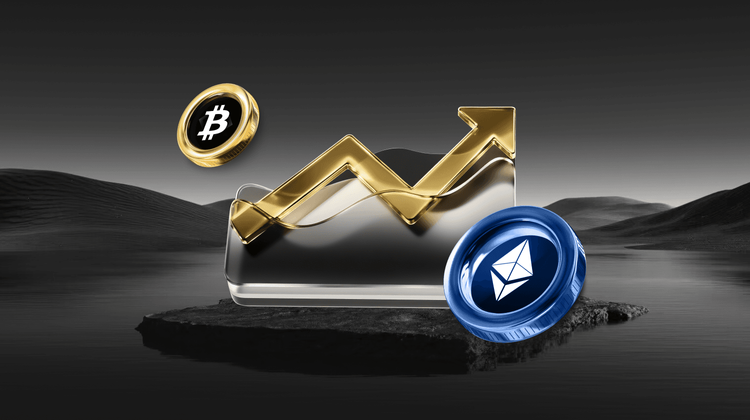
2 Days 20x, How Big Can the Legendary Golden Dog Snowball's "Auto-Compound" Snowball Grow?

Twitter 上的「虚假流量」是指通过操纵关注者数量、喜欢和转发等指标来人为增加一条推文的影响力和可信度。下面是一些常见的制造虚假流量的方法: 1. <b>购买关注者:</b> 一些用户会通过购买关注者来迅速增加他们的关注者数量,从而让他们的账号看起来更受欢迎。 2. <b>使用机器人账号:</b> 制造虚假流量的另一种常见方法是使用机器人账号自动执行喜欢、转发和评论等互动操作,从而提高一条推文的互动量。 3. <b>推文交换:</b> 一些用户之间会进行推文交换,即互相喜欢、转发对方的推文...
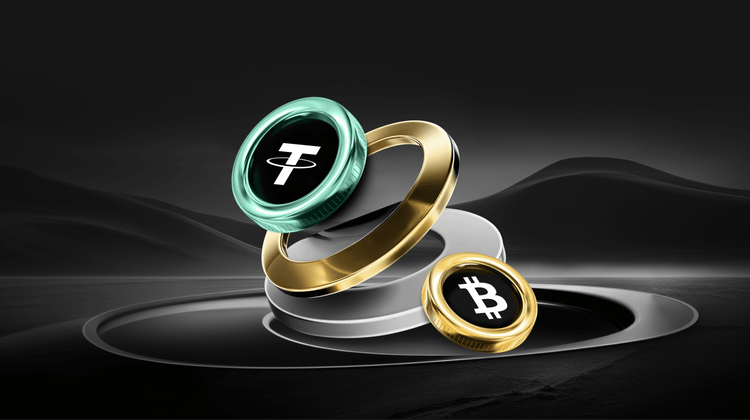
The State of Cryptocurrency Valuations in 2025
Key Takeaways In 2025, 85% of new tokens saw their valuations fall below their initial issuance value. The…

Trump’s World Liberty Financial Token Ends 2025 Down Over 40%
Key Takeaways World Liberty Financial, a Trump family crypto project, faces substantial losses in 2025. The project initially…

Former SEC Counsel Explains What It Takes to Achieve Compliance in RWA Tokenization
Key Takeaways Shifts in the SEC’s regulatory approach to cryptocurrency are aiding the growth of compliance in Real-World…
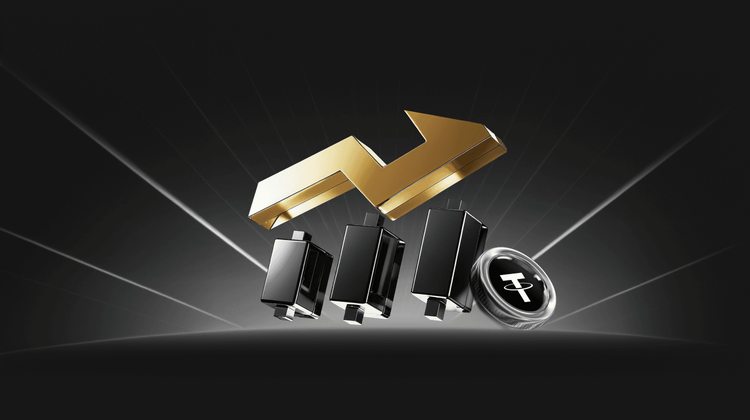
Blockchains Quietly Prepare for Quantum Threat Amid Bitcoin’s Debate Over Timeline
Key Takeaways Many blockchains are preparing for potential threats from quantum computing by integrating post-quantum technologies. Ethereum views…

Whale Effect? Stablecoins are Not Really the Enemy of Bank Deposits

Dialogue with Gen Z Fintech Entrepreneur Christian: Eager for iteration speed and radical candor, financial worldview is more important than what to choose, "Young people should have a sense of awe"

Bank of Japan Statement in Full: 25 Basis Point Rate Hike, Further Adjustments Under Consideration

MSCI Considers Exclusion of Strategy from Indexes, Risking Billions in Sell-off
Key Takeaways MSCI’s potential exclusion of companies with digital assets as key balance sheet components poses a sell-off…
Blockchains Quietly Prepare for Quantum Threat as Bitcoin Debates Timeline
Key Takeaways: Several blockchains, including Ethereum, Solana, and Aptos, are actively preparing for the potential threat posed by…
Trump’s World Liberty Financial Token Ends 2025 Significantly Down
Key Takeaways World Liberty Financial, led by the Trump family, witnessed its token value drop by over 40%…
Former SEC Counsel Explains What It Takes to Make RWAs Compliant
Key Takeaways The SEC’s shifting approach is aiding the growth of Real-World Assets (RWAs), but jurisdictional and yield…
Palmer Luckey’s Erebor Reaches $4.3B Valuation as Bank Charter Progresses
Key Takeaways: Erebor, a digital bank co-founded by Palmer Luckey, has raised $350 million, bringing its valuation to…
Trump Family-Linked USD1 Stablecoin Gains $150M as Binance Unveils Yield Program
Key Takeaways The USD1 stablecoin, associated with the Trump family, increased its market capitalization by $150 million following…
Are Those High-Raised 2021 Projects Still Alive?
Popular coins
Latest Crypto News
Customer Support:@weikecs
Business Cooperation:@weikecs
Quant Trading & MM:bd@weex.com
VIP Services:support@weex.com
